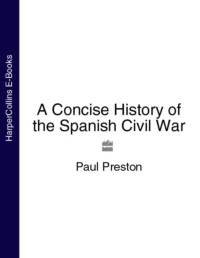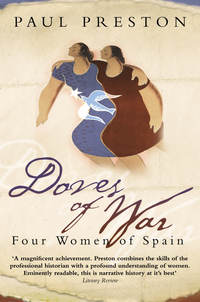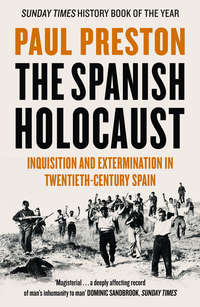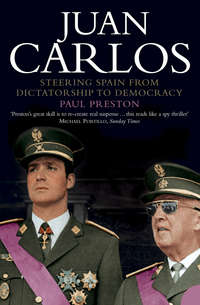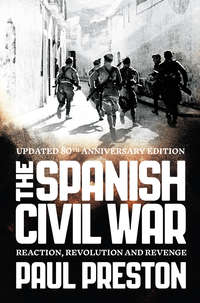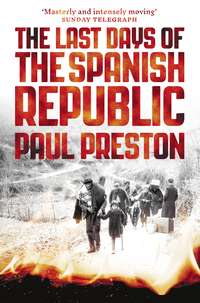The Last Stalinist: The Life of Santiago Carrillo
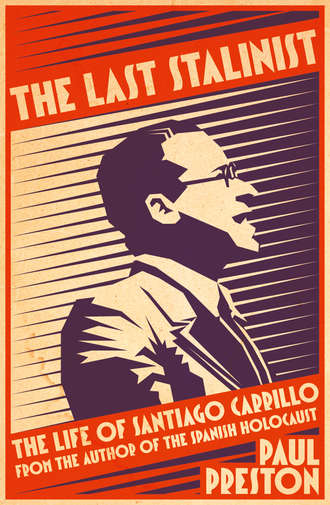
Полная версия
The Last Stalinist: The Life of Santiago Carrillo
Язык: Английский
Год издания: 2018
Добавлена:
Настройки чтения
Размер шрифта
Высота строк
Поля
Конец ознакомительного фрагмента
Купить и скачать всю книгу

